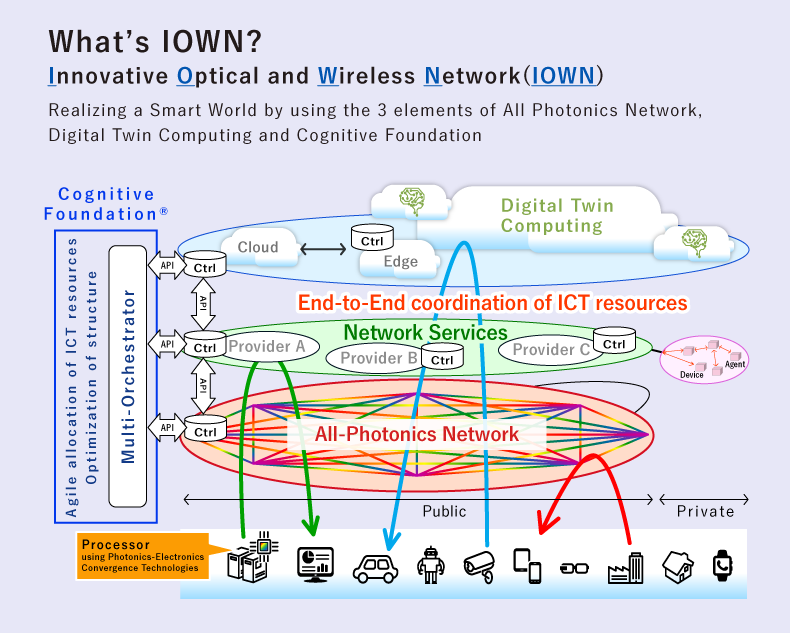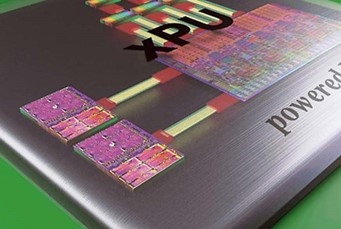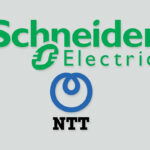ASIA ELECTRONICS INDUSTRYYOUR WINDOW TO SMART MANUFACTURING
NTT Propels Development of New IOWN Device
Japanese communications company NIPPON TELEGRAPH AND TELEPHONE CORPORATION (NTT) is developing devices to support its next-generation communications infrastructure, IOWN or Innovative Optical and Wireless Network. Along this line, the company will accelerate the development of devices that incorporate optoelectronic fusion technology. Accordingly, it is eyeing sales of several hundred billion yen at an early stage. Also, the company will focus on the automation of optical device manufacturing.

Specifically, IOWN utilizes optoelectronic fusion technology to replace conventional electricity-based communications with optical-based wiring, which consumes less electricity. The goal is to achieve 125 times the transmission capacity with 1/100th the power consumption of conventional systems.
Automation of Optoelectronic Fusion Devices
NTT Innovative Devices Corporation, a subsidiary of NTT, is focusing on the development of optical waveguide design technology and mass production technology for optical alignment and inspection to develop optoelectronic fusion devices. In particular, the company has long-positioned analog ICs, logic LSIs, silicon photonics, and thin-film lasers as key devices, and is aiming to develop thinner and smaller products. In addition to the telecommunications area, it will venture into the cutting-edge computing field.

In such a situation, the challenge is to automate processes such as core alignment, which has been progressing like a domestic handicraft industry. Previously, this work required a considerable amount of manpower, but the company plans to automate it.
In silicon photonics and other related fields, the company is developing technologies for thin-film semiconductor lasers and silicon photonics waveguides.
Meanwhile, in optoelectronic fusion devices, servers in data centers are expected to generate less heat and consume less power. Also, the trends among in-vehicle devices point to weight reduction and lower power consumption. Replacing the cables and other components is one way to achieve this. For smartphones, less frequent recharging is possible.




